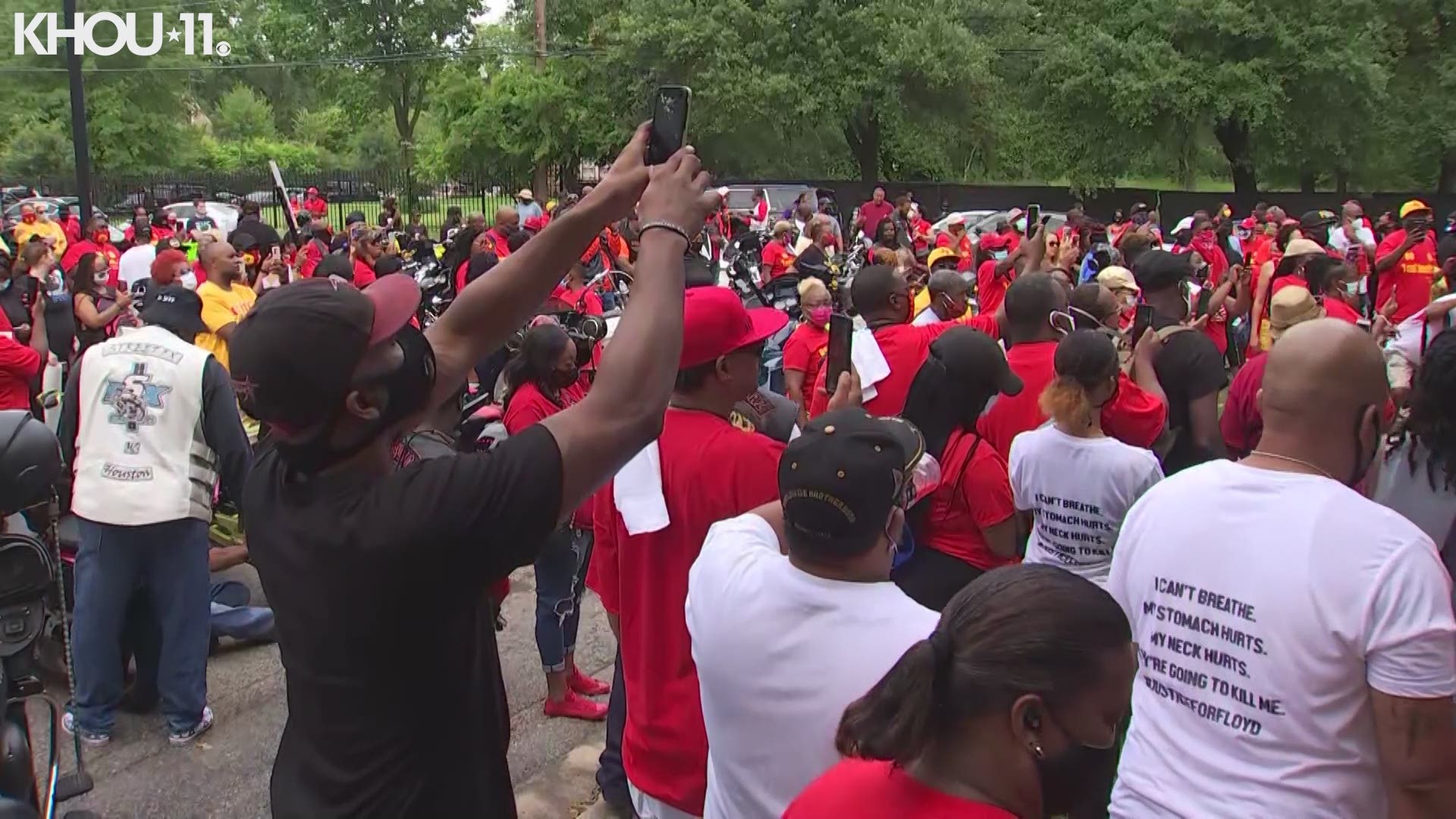Hall of Fame pitcher John Smoltz, like the rest of us, loved the New York Mets’ vaunted starting rotation, but feared this would happen, watching the Mets’ hopes of a dream season dissipating into a living nightmare.
![MLB: Milwaukee Brewers at New York Mets [image : 86491950]](http://www.gannett-cdn.com/media/2016/06/28/USATODAY/USATODAY/636027373780597271-USATSI-9302073.jpg)
The Mets, who won the National League pennant last season with one of the youngest and most inexperienced rotations in baseball, are now paying a price.
“I feel bad for the Mets’ pitchers; they were not given a fair chance,’’ Smoltz told USA TODAY Sports. “I remember saying, “Careful what you wish for.’ I don’t think there was any way they could envision being in that spot (a pennant race).
“Their stuff last year was off the charts. But you cannot do what those young guys did again with no experience, and the mindset they were dealing with. The way baseball is played now, there’s no way a young pitching staff can be prepared to do this.
![Dodgers' Clayton Kershaw to have ailing back examined in Los Angeles [oembed : 86491740] [oembed : 86491740] [oembed : 86491740] [oembed : 86491740]](/Portals/_default/Skins/PrestoLegacy/CommonCss/images/smartembed.png)
“In theory, this would have been the year, not last year, where all of the eggs are pointed the right way, and they dominated.’’
The Mets’ rotation these days is not broken, but it is frayed. Noah Syndergaard and Steven Matz are pitching with bone spurs that could, particularly in Matz’s case, require season-ending or postseason surgery. Matt Harvey has been a shadow of himself with a 4-9 record and 4.64 ERA entering Tuesday’s start. Only 43-year old Bartolo Colon (5-4, 2.86) has been pain-free and living up to expectations, as even Jacob deGrom (3-4, 2.67 ERA) missed time with a lat injury.
Mets GM Sandy Alderson told reporters Tuesday that Syndergaard’s bone spur is “insignificant,’’ but that Matz must decide whether he can tolerate the discomfort. If the pain becomes unbearable, he would undergo surgery, and miss the rest of the season. The Mets were hoping that starter Zack Wheeler would be ready after undergoing Tommy John surgery in March 2015, but he had a setback that’s expected to delay him at least until August.
Simply, the young staff, with no one outside Colon having pitching more than one complete season in the major leagues, wasn’t ready for the grind of last year. They were in a tight division race all season, wound up winning the NL East, and beating the Los Angeles Dodgers and Chicago Cubs in the National League playoffs, before falling to the Kansas City Royals in a five-game World Series.
The season lasted a month longer than anyone envisioned. Harvey, Syndergaard and deGrom each pitched more innings than any season in their professional careers, most of the stressful variety after the All-Star break. And every inning you pitch in the postseason, Smoltz says, is equivalent to 2 ½ times a regular-season inning.
“Imagine surpassing your innings in the regular season, with the intensity of those games, and then pitching all of those postseason games, too,’’ Smoltz said. “I mean, you look at deGrom. He emptied the tank in those postseason games. Going forward, you knew they were going to have issues - ‘How do I rebound? How am I supposed to feel? What’s the difference between pitching with soreness or risking injury?
“That’s what they’re going through now.’’
![Daniel Mengden, free to be himself, flourishes with the Oakland A's [oembed : 86491794] [oembed : 86491794] [oembed : 86491794] [oembed : 86491794]](/Portals/_default/Skins/PrestoLegacy/CommonCss/images/smartembed.png)
What makes it worse is the scrutiny and swirling talk of health issues surrounding their starts. The focus Monday afternoon was about Matz’s bone chips, and after Syndergaard gave up a season-high five runs in just three innings against the Washington Nationals, the conversation shifted to his own bone chip and health of his arm; he had an MRI after his previous start in New York.
“It would be nice just to talk about pitching, getting guys out, and not worrying about anything else,’’ Mets manager Terry Collins told reporters. “But that’s not the case. Now our conversations are always going to be about, ‘Are they hurt?’
“I’m a little tired of that.’’
The trouble the Mets will have is that the talk won’t go away. They were rushed quickly to the big leagues, and never really learned how to pitch without their blazing fastballs.
Gone are the days of Hall of Famer Greg Maddux, who threw at least 200 innings for 19 consecutive years, including the playoffs, who pitched with a bone spur. It’s also a guy who learned how to pitch by throwing 491 innings in the minors, including 19 complete games.
Syndergaard, 23, is the only Mets starter outside Colon who has pitched at least 400 minor-league innings. The young quartet combined for only three complete games in the minors.
“Those guys never had that natural increase,’’ Smoltz said. “You need to learn how to pitch in the minors or even on a big-league developing team. That’s what we did in Atlanta. But in this lack of a patient world, we get them up and get them in. We’re fast-breaking because their stuff is so good. We get success at a lower salary, maximize their effort, and turn the page.
“I just don’t ever remember this many young pitchers pitching in a day and age where everyone asks when you’re going to get hurt. As soon as someone’s velocity drops, that’s all that’s talked about instead of learning how to pitch at a lower velocity.
“It’s unbelievable, the mind-set that exists today. The controlled effort to control injuries, it may sound good on paper, but it’s a warped philosophy. We are training guys for sprints, not marathons.’’
![Yes, Indians are for real by The Walkoff Podcast [oembed : 86491852] [oembed : 86491852] [oembed : 86491852] [oembed : 86491852]](/Portals/_default/Skins/PrestoLegacy/CommonCss/images/smartembed.png)
Simply, we have fallen in love with the radar gun, and it is preventing pitchers from learning how to pitch. And if the velocity drops, or if they feel pain from bone chips or bone spurs, pitchers are clueless how to react.
If it were up to Leo Mazzone, the Braves’ pitching coach during their 14-year postseason run, radar guns would be outlawed through high school. The Braves actually had their pitchers throw two bullpen sessions in between starts. It not only kept their rotation healthy, but helped lead the triumvirate of Smoltz, Tom Glavine and Maddux into the Hall of Fame.
“Everybody talks about velocity,’’ said Mazzone, who spent 28 years in the Braves’ organization, “but I’m finding out that guys throwing as much as they used to. It’s less often with more exertion instead of more often with less exertion.
“That’s what made our great run over such a long period of time. We had the best pitching staff in history, but you can’t have that run if your pitching staff doesn’t stay healthy. You’re supposed to grow into your velocity, and have secondary pitches, but no one learns how to pitch in the minors anymore.
“It’s not about how hard can you throw a baseball? How about, “Can you pitch?’ “Everyone talks about how hard the Mets’ guys throw. Well, how about Bartolo Colon? He’s throwing 82-84 mph, and still winning. Now, that’s a pitcher.’’
Smoltz, who works as a Fox Sports analyst on their national games and for MLB-TV, dreads where this game could be headed. Teams are using nearly 30 pitchers to get through a season and toying with six-man rotations. Games drag through all the pitching changes.
Smoltz, who stressed these points during his Hall of Fame speech, says he’s willing to talk about it whenever anyone wants, but no one seems to be listening.
He’d love to implement his ideas one day as a GM, but sorry, he’s not interested in writing a book, even though he already knows the title: How Analytics Killed the Game of Baseball.
“I may be wrong, but I believe in next five years this game could be in big trouble if we keep going the way we’re going,’’ Smoltz said. “If this stays the way it is, you’re going to have the sixth, seventh and eighth innings of games eaten up by six or seven relievers. And that’s not sustainable.
“The way we’re going now, guys pitching 200 innings will be a freak of nature. It’s sad.’’
Follow Nightengale on Twitter @Bnightengale and Facebook
GALLERY: MOST DOMINATING PERFORMANCES IN 2016
![Most dominant pitching performances of 2016 [gallery : 82664170]](http://www.gannett-cdn.com/-mm-/c8544cfa5fa454c6745201e0bf7b496ccb49bb95/c=600-0-2940-2000/local/-/media/2016/06/28/USATODAY/USATODAY/636027145761887039-USATSI-9355482.jpg)


